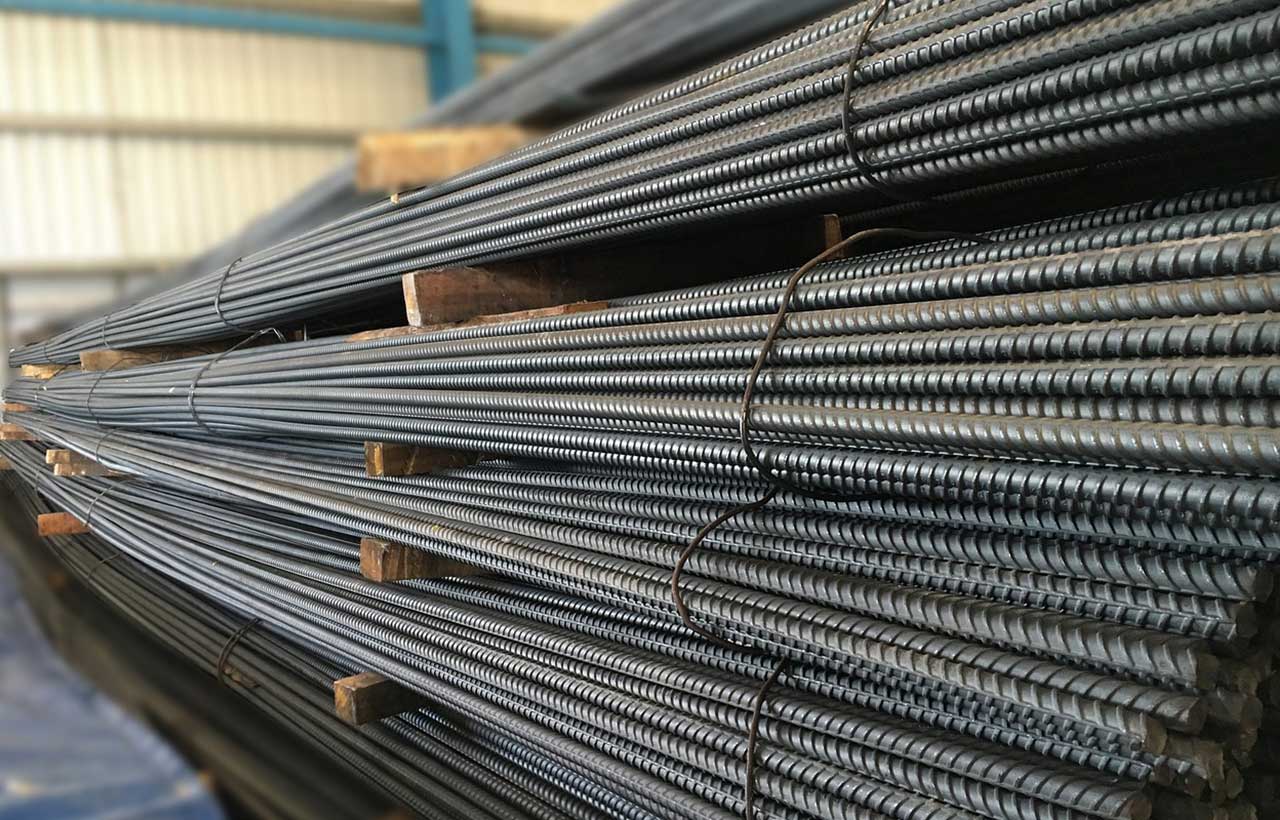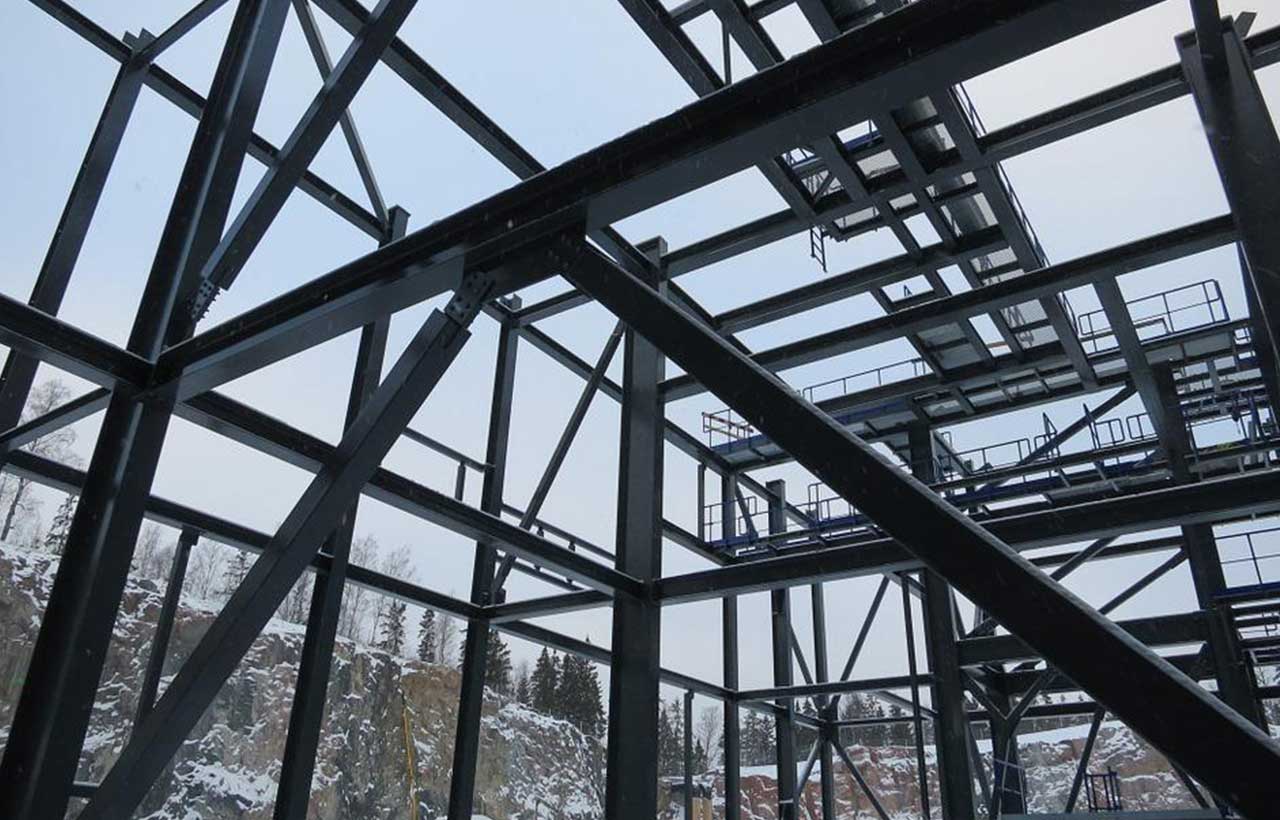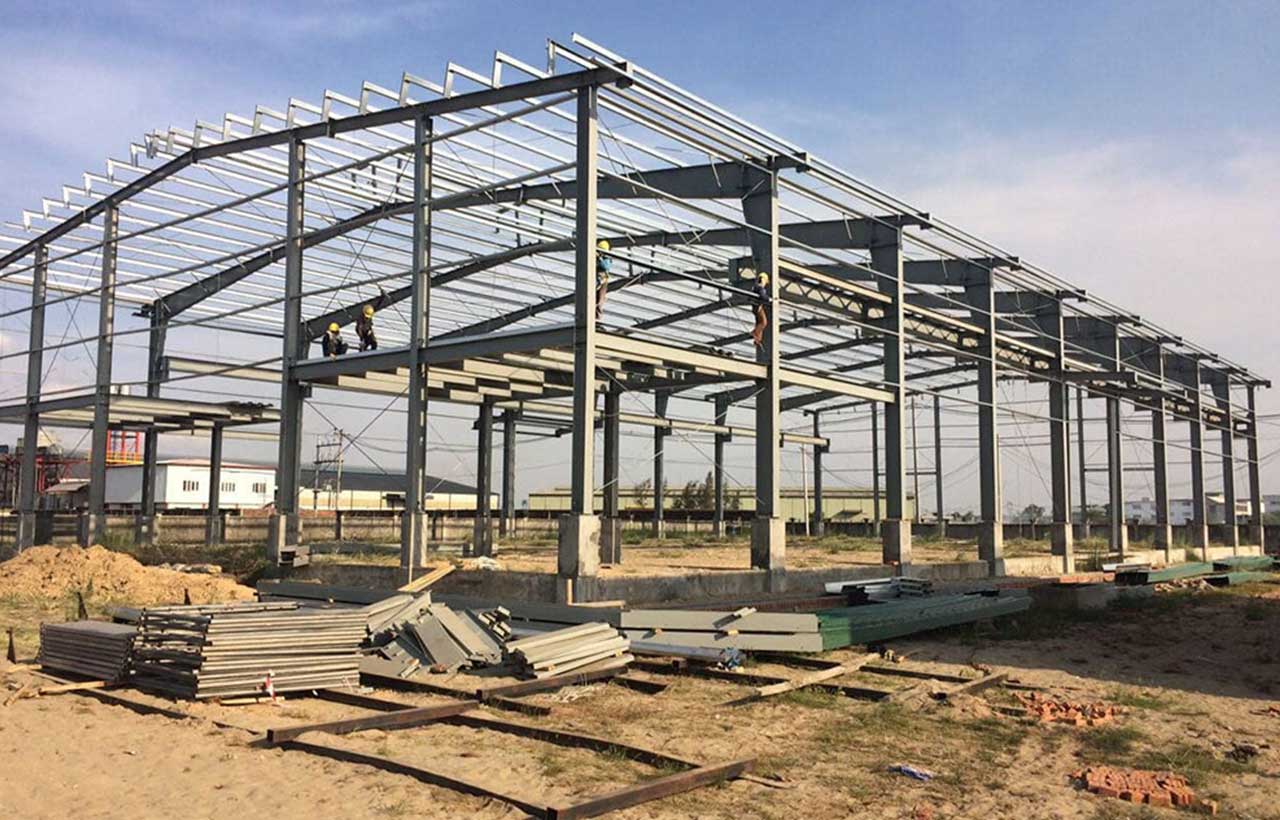Steel Consumption Flourishes in Building Construction, Likely to Continue in India
- October 30, 2023
- By: Yukti Kasera
- NEWS
 This new report gives a new assessment. It's true that a nation's general growth, urbanization, and GDP are positively correlated with its steel consumption.
This new report gives a new assessment. It's true that a nation's general growth, urbanization, and GDP are positively correlated with its steel consumption.
According to the aforesaid analysis, which was made accessible by Deloitte India and The Indian Steel Association (ISA), India now consumes only 78 kg of steel per person, compared to the global average of 233 kg (with per capita consumption in rural areas is just 21 kg).
Some analysts also predict that the profitability of most domestic steel companies would rise by ₹500–₹2,000/tonne on a quarter-over-quarter basis in the three months from September onwards.
 It goes on to say that although the steel-to-cement ratio is 0.35 in India, it is higher than one in other nations. Similarly, the research states that although steel-framed construction makes up only 10% of the building stock in India, it approaches 40% in other countries and in certain cases, it reaches 80%.
It goes on to say that although the steel-to-cement ratio is 0.35 in India, it is higher than one in other nations. Similarly, the research states that although steel-framed construction makes up only 10% of the building stock in India, it approaches 40% in other countries and in certain cases, it reaches 80%.
However, what's the relevance? It implies that there is a significant chance for a rise in steel consumption in the building construction industry, given the rapid rate of urbanization and the rising GDP.
The research also states that over the preceding four years, the building, construction, and infrastructure segments' steel consumption increased at a Compound Annual Growth Rate (CAGR) of 4.5%. These positive growth trends should be steady in the upcoming years, with demand growth in the building and construction to be 5-6% and infrastructure sectors expected to be 8-10% through FY 2025.
 According to the research further, the building and construction market would account for 90 million metric tons (MT) of finished steel demand by FY31.
According to the research further, the building and construction market would account for 90 million metric tons (MT) of finished steel demand by FY31.
Furthermore, it states that the country's need for steel would also be driven by a few other industries, such as the engineering, automotive, and packaging sectors.
According to the research, India aims to increase the amount of coal consumption by 40% positively for the thermal power generation.








